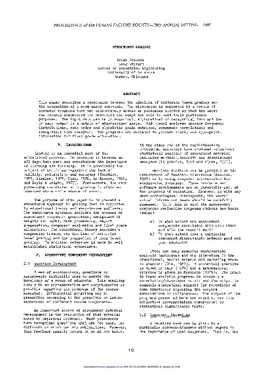| dc.contributor.author | Brian Peacock | |
| dc.contributor.author | Doug Stewart | |
| dc.date.accessioned | 2016-01-14T19:53:48Z | |
| dc.date.accessioned | 2016-03-30T15:35:31Z | |
| dc.date.available | 2016-01-14T19:53:48Z | |
| dc.date.available | 2016-03-30T15:35:31Z | |
| dc.date.issued | 1985-10-01 | |
| dc.identifier.citation | Peacock, B., & Stewart, D. (1985). Structured Grading. Proceedings of the Human Factors and Ergonomics Society Annual Meeting, 29(2), 142-146. doi: 10.1177/154193128502900210 | en_US |
| dc.identifier.uri | https://hdl.handle.net/11244/25461 | |
| dc.description.abstract | This paper describes a compromise between the idealism of criterion based grading and the pragmatism of a norm based approach. The discussion is supported by a series of computer programs that are deliberately devoid of packaging clutter so that the users can clearly comprehend the processes and adapt the code to suit their particular purposes. The input data can be in numerical, alphabetical or categorical form and the primary output is a matrix of standardized marks. Additional analyses provide frequency distributions, rank order and alphabetic grade matrices, component correlations and categorical item analyses. The programs are designed to provide timely and appropriate information for final grade allocation. | en_US |
| dc.language.iso | en_US | en_US |
| dc.publisher | Proceedings of the Human Factors and Ergonomics Society Annual Meeting | |
| dc.title | Structured Grading | en_US |
| dc.type | Research Article | en_US |
| dc.description.peerreview | Yes | en_US |
| dc.description.peerreviewnotes | https://us.sagepub.com/en-us/nam/manuscript-submission-guidelines | en_US |
| dc.identifier.doi | 10.1177/154193128502900210 | en_US |
| dc.rights.requestable | false | en_US |
